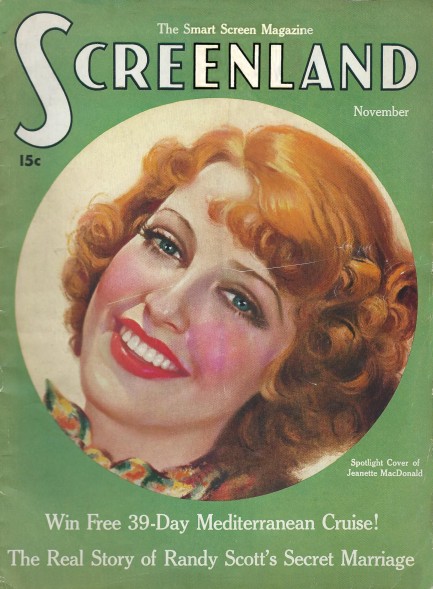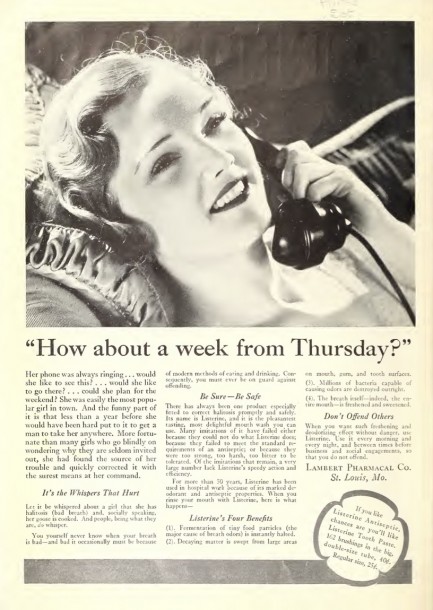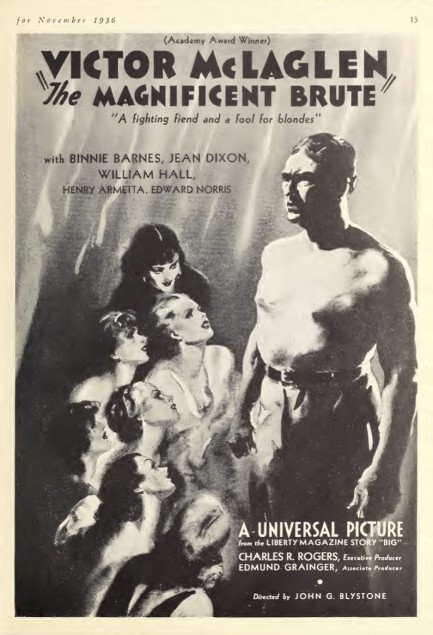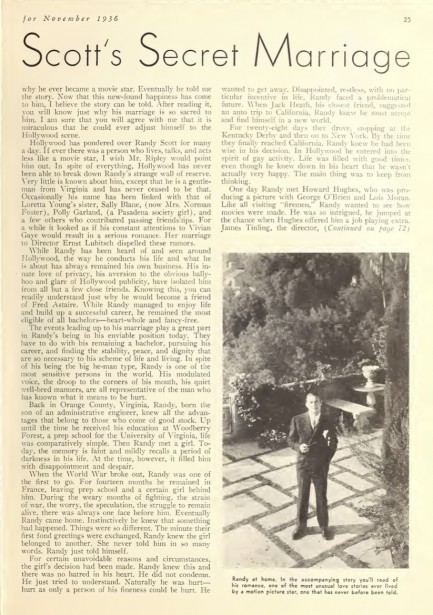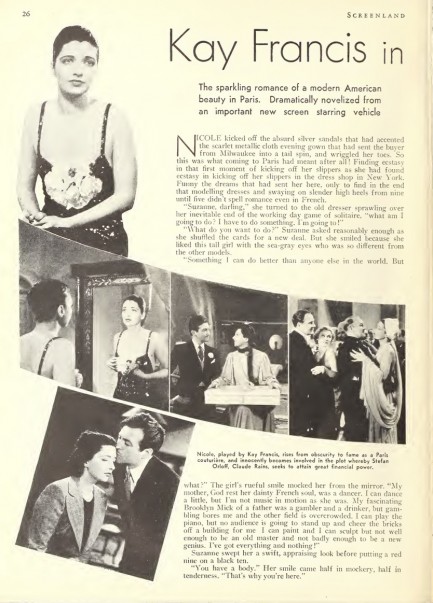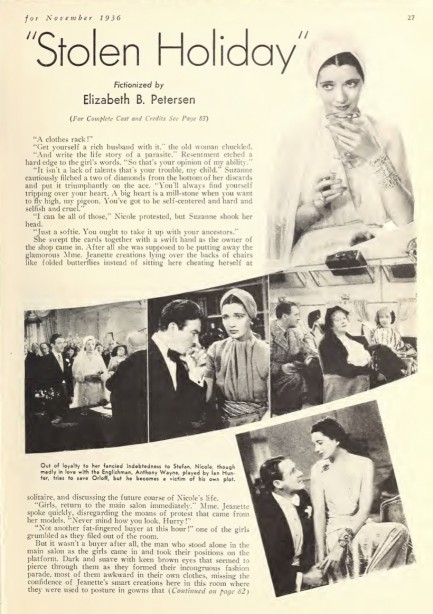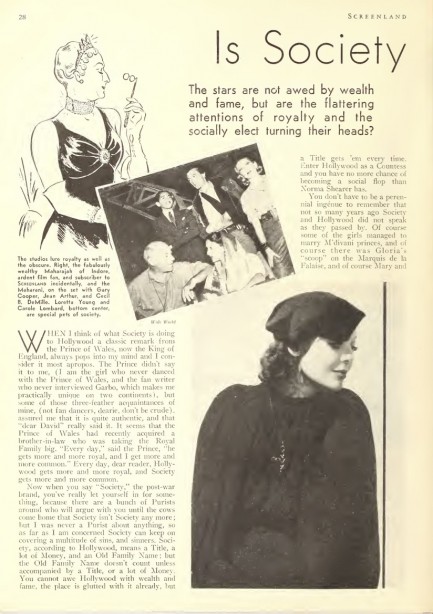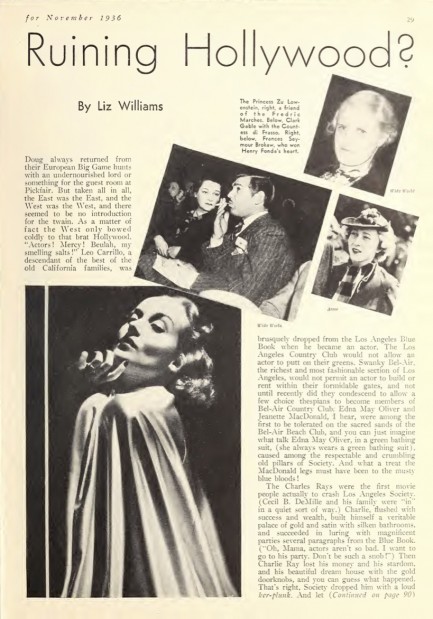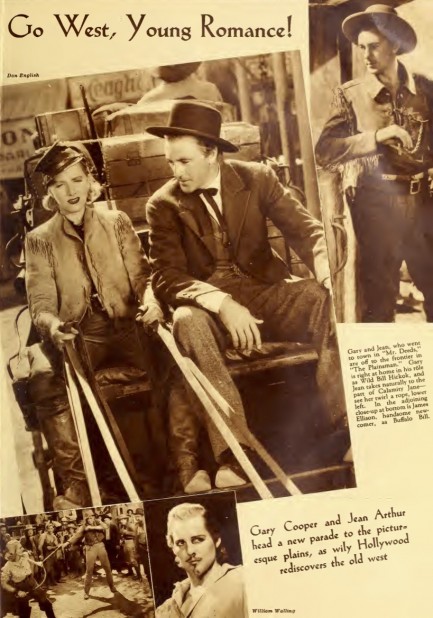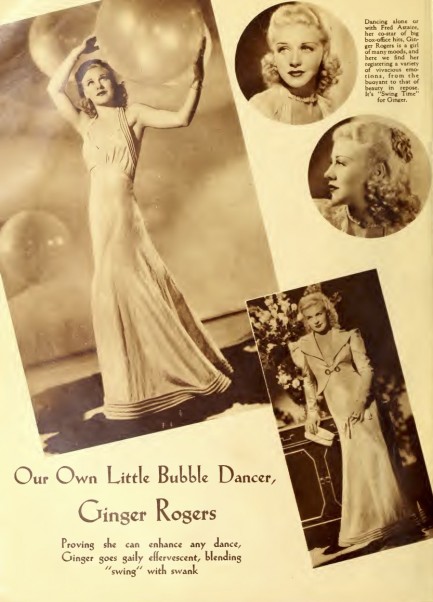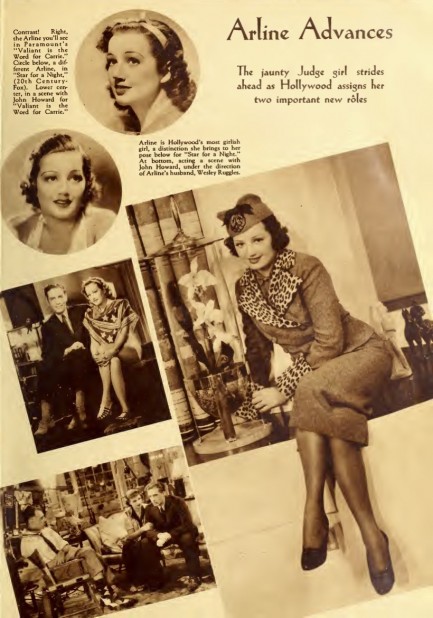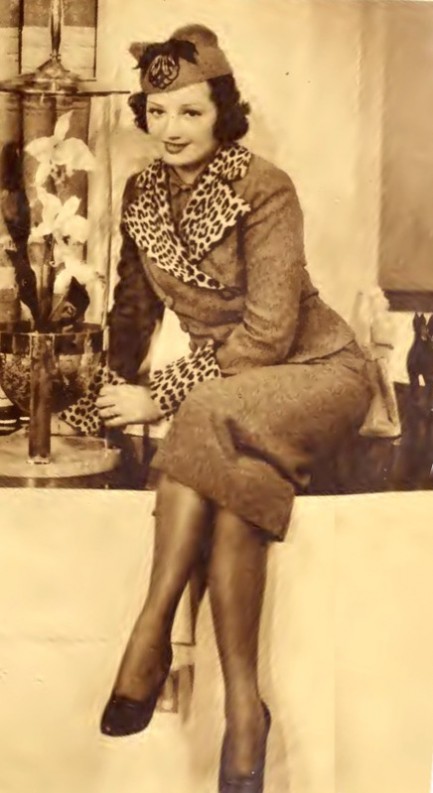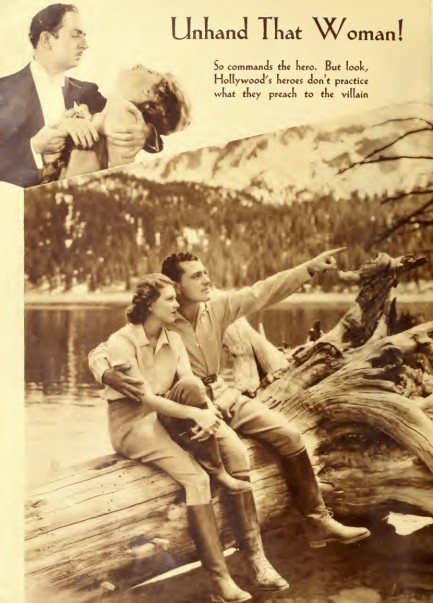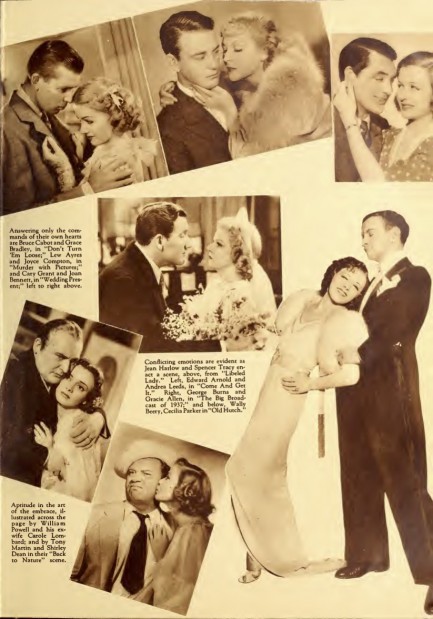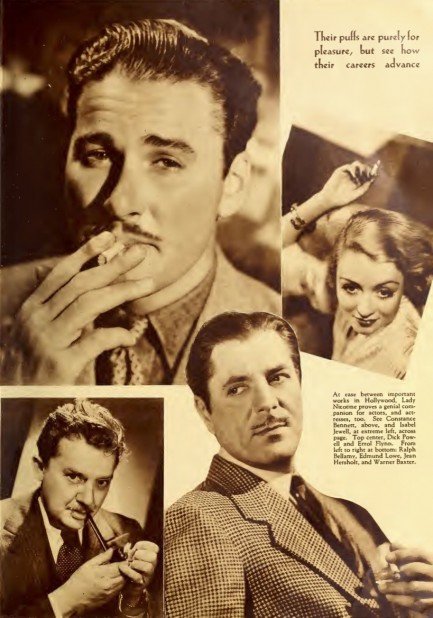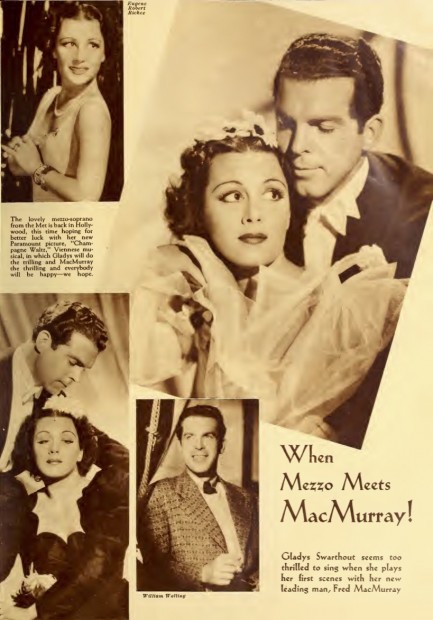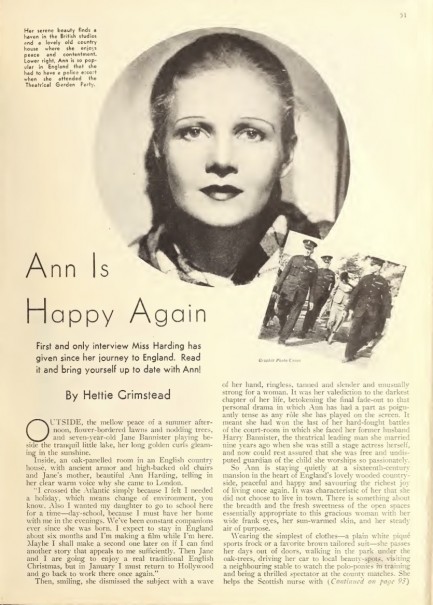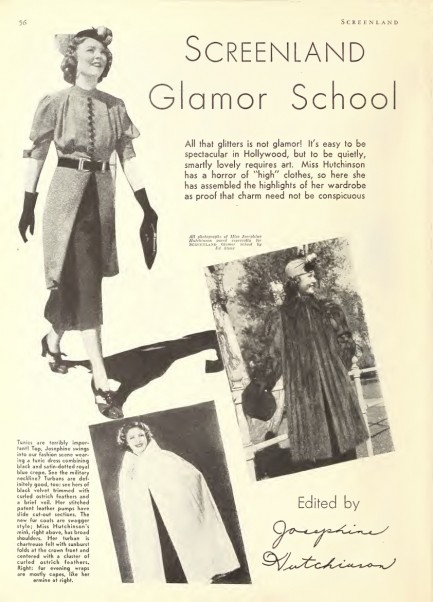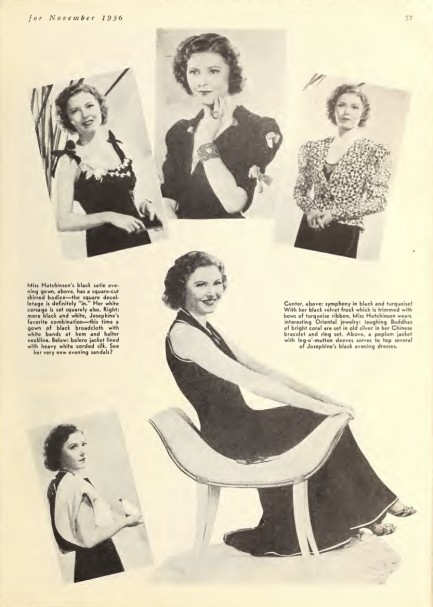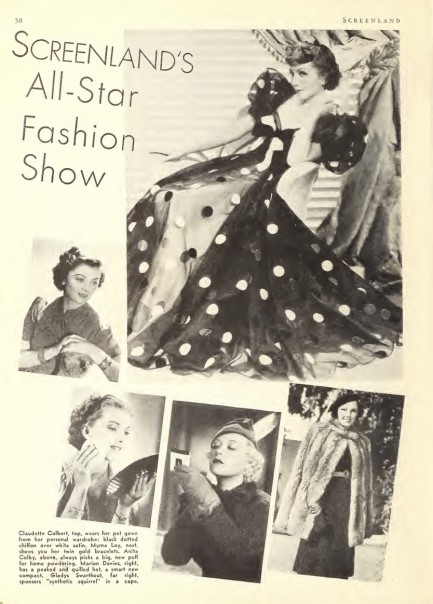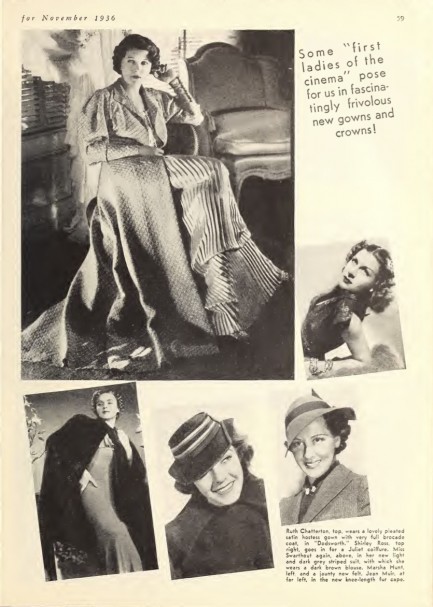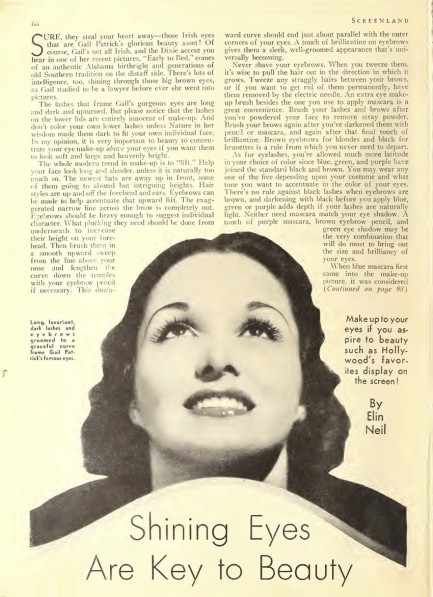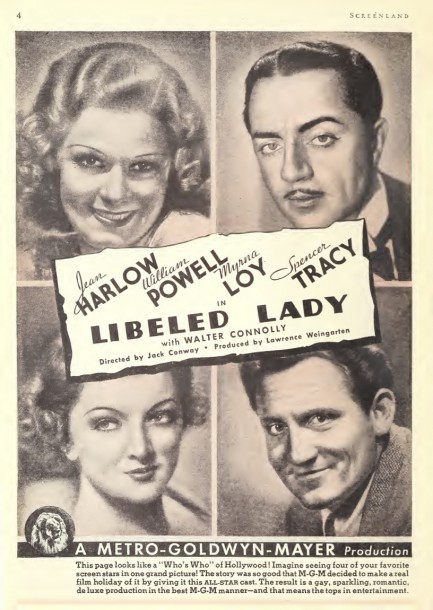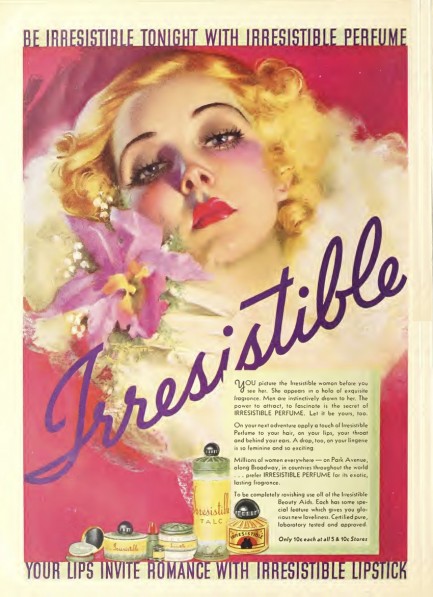 I'm conflicted. You strangled my husband, but you're the first man who does what I want without me nagging him. 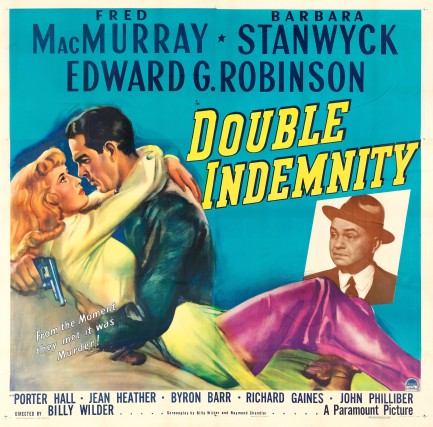 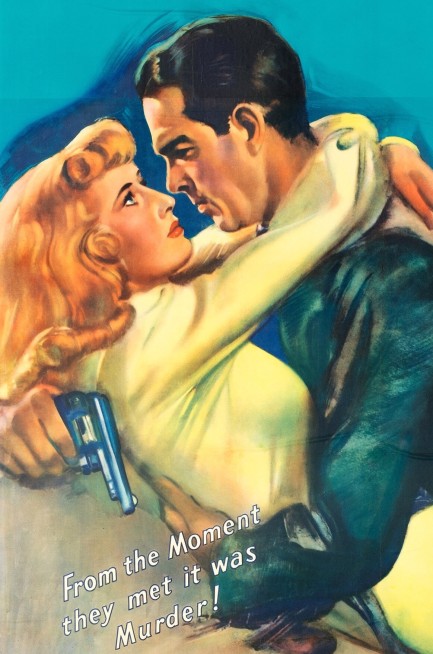 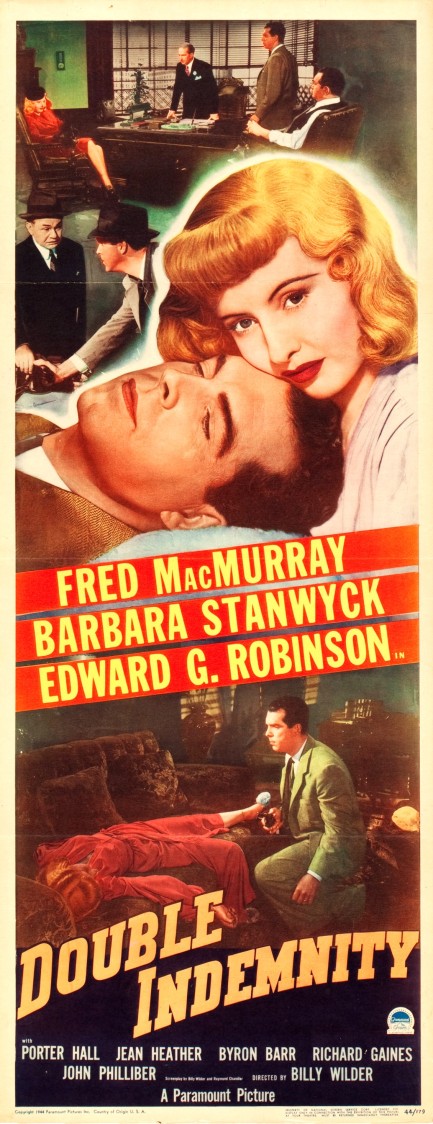
Above: a U.S. six sheet poster and zoom followed by an insert poster for the all-time film noir classic Double Indemnity. If you don't like this one, you don't like movies. It premiered in the U.S.—at a special event in Norman, Oklahoma of all places—today in 1944. We shared its West German poster here, joked about one of its classic sequences here, wrote about its modernized remake Body Heat here, and shared its Australian poster and covered the film in detail here.
 Stanwyck and MacMurray make a dangerous bet 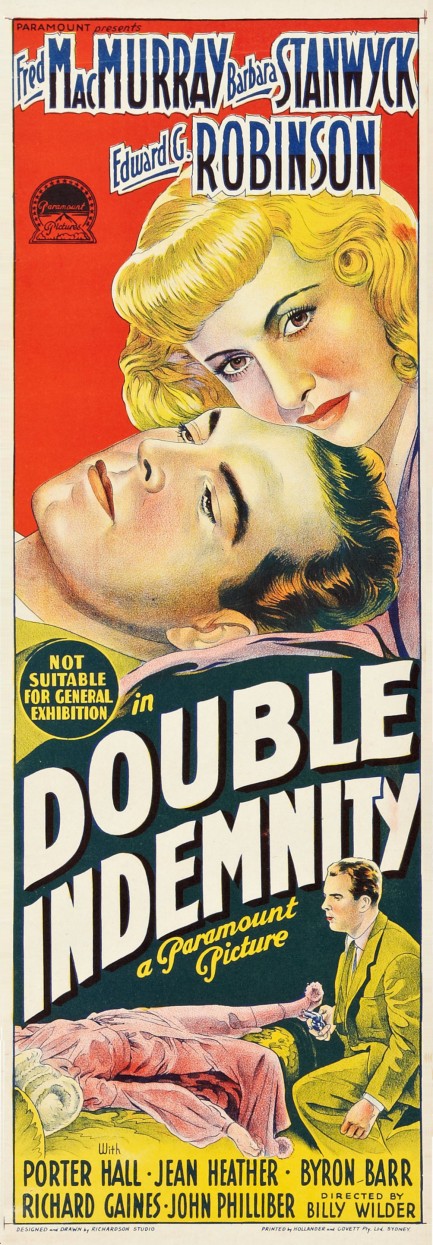
There are still, after all these years, important classic films we've never discussed in detail. We can now cross Double Indemnity off the list. The movie starred Barbara Stanwyck and Fred MacMurray, and we've looked at its West German poster, had fun with one of its promo images, and talked about its ingenious quasi-remake, but never actually gotten to the movie itself. Well, here we are, and now the question is can we tell you anything you don't already know? Possibly not, but let's start with the Australian daybill, which you see above. It isn't the usual poster you find online, so that's something, anyway.
The movie begins with MacMurray making a confession, then slides into flashback to explain his crime. He plays an insurance salesman for Pacific All Risk who quickly realizes that Stanwyck's interest in secretly purchasing a life insurance policy on her husband is for the purposes of murder and claimant fraud. He resists the scheme at first but Stanwyck convinces him. How? All we see are a few kisses but the answer has to be sex. McMurray is a guy who has experience with women and is so confident with them he's almost glib. He wouldn't agree to murder a guy just because someone is a good kisser.
Thus, temptation nudges him, unseen sex tips him over the edge, and from there he and Stanwyck are off and running with their murder plot. Eventually Stanwyck's husband is found dead on a train track, presumably after falling off the observation car of the Los Angeles-Santa Barbara express, and the crime seems perfect, except the insurance policy that will pay $100,000 brings a tenacious investigator into the picture. That would be Edward G. Robinson in another great performance, and he immediately latches onto an anomaly—Stanwyck's husband didn't file an insurance claim when he broke his leg weeks earlier. Why would a guy who had accident insurance not make a claim? Maybe he didn't know he had accident insurance.
Robinson's role and performance make the movie. He pulls on the single hanging thread that unravels the entire murder plot, and when it starts to come apart it does so almost too fast to believe. There's revelation upon revelation, even reaching years back to the time that Stanwyck's husband was married to another woman, and Stanwyck was that woman's nurse. It's this latter half that makes Double Indemnity a top classic—though make no mistake, it's a film noir clinic even from its first frames, in terms of visuals, structure, music, and direction from Billy Wilder. But when MacMurray's situation deteriorates so quickly and so uncontrollably in the last half, you almost experience the same vertigo and helplessness his character must feel.
Double Indemnity was nominated for seven Academy Awards, and as usual for the Oscars, was beaten in most of its categories by a film that ended up having far less influence—the Bing Crosby musical Going My Way. But time tells the tale. Nobody is calling Going My Way one of the best films ever made, but Double Indemnity was certainly a top ten film noir, and was influential far beyond its niche. The movie opened in the U.S. in the late spring of 1944 and finally reached Australia to dazzle and dismay audiences today, December 1, that same year.  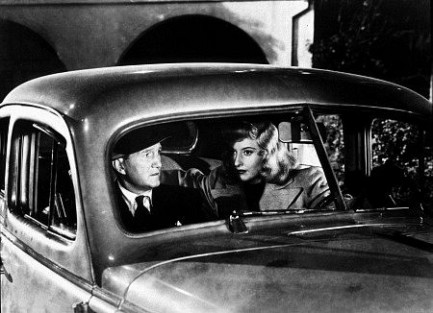 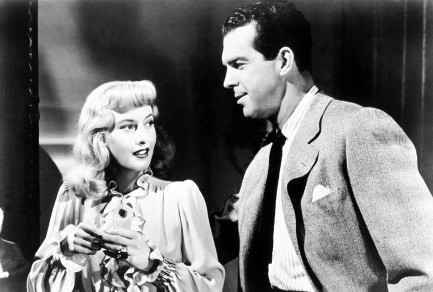 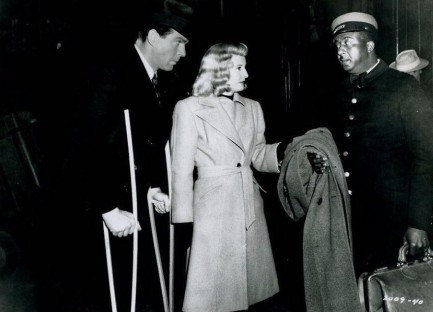 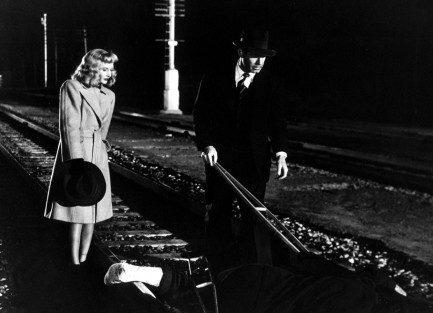 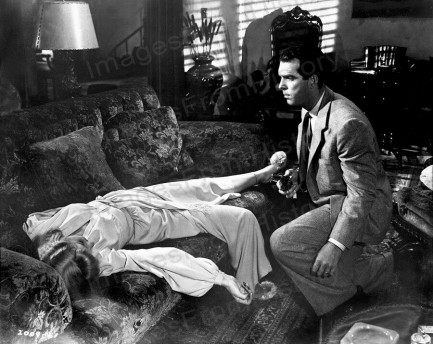 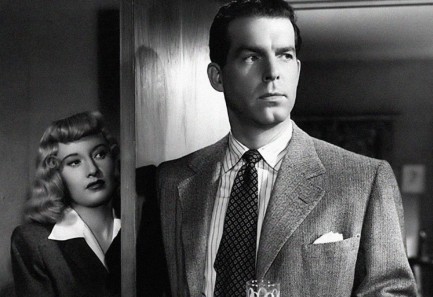 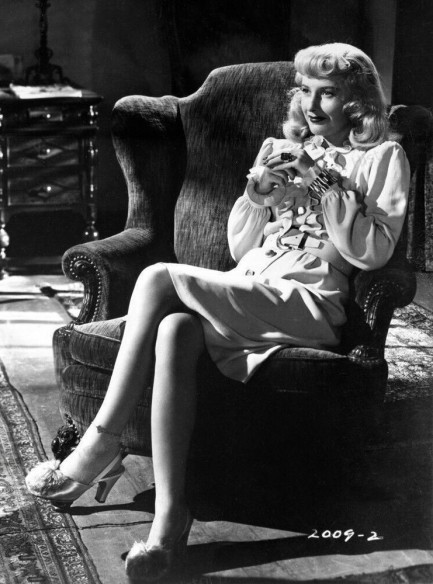
 Murder most premeditated. 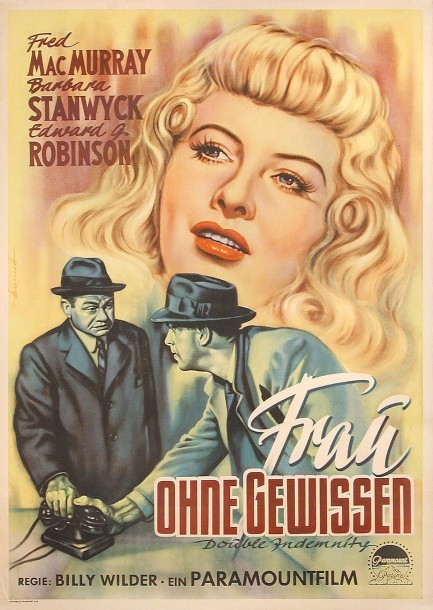
Above is a poster painted by German artist Heinz Bonne for the U.S. film noir classic Double Indemnity, starring Barbara Stanwyck and Fred MacMurray as lovers who try to pull off a murder and daring insurance fraud but may not be quite as smart or lucky as needed. We'll hopefully get back to Bonne a little later. Double Indemnity premiered in the U.S. in 1944, but made it to Germany—West Germany actually—as Frau ohne Gewissen, or “woman without a conscience,” six years later, today in 1950.
 Gardner and MacMurray juggle love and danger in wartime Malaysia. 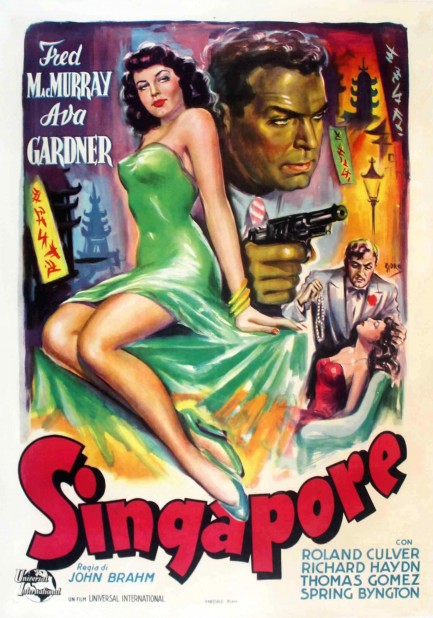
We talked about the 1947 war adventure Singapore in August. Here's a beautiful Italian poster for the film, on which co-star Ava Gardner takes front and center, with Fred MacMurray lurking in the background. There are several Italian promos. This one is by Zadro, who painted a number of other brilliant pieces, but about whom little is known today. We'll get back to him. And you can read more about the movie here.
 I call this one Robbie, the second one Chip, and the third one... well I forget. But they're all great! 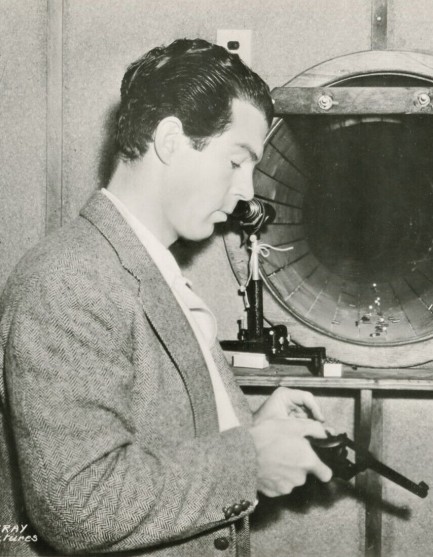  
Above are three promo photos of U.S. actor Fred MacMurray, two from his film noir Singapore, and one of unknown provenance. While MacMurray made his name in deadly serious films such as Double Indemnity and Pushover, many fans remember him better as the affable father from the television series My Three Sons, on which he starred from 1960 until 1972, as the show chronicled the life of a widower and his three sons Robbie, Chip, and Mike. Why was he a widower? We don't think it's ever revealed, but perhaps a firearms “accident” had something to do with it.
 If at first you don't succeed, fly back to Malaysia and try again. 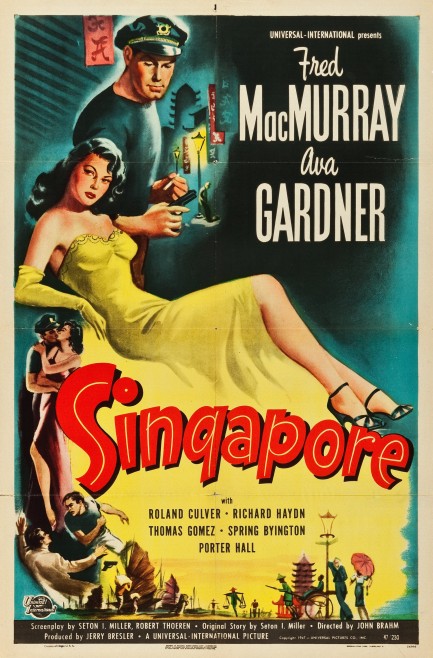
In the movies good girls always seem to fall for bad boys. In the World War II drama Singapore Ava Gardner is the former and Fred MacMurray is the latter, a smuggler of jewels. The two hook up in the titular locale, and when Gardner learns her new love is a crook, she accepts it with a rhetorical shrug. She asks merely if Fred is what the authorities suspect him to be, receives an affirmative answer, then asks if he can't sell jewels legally, receives the answer, “Yes, but at a quarter the price,” and that's it. She doesn't trouble her mind beyond that point, which we consider a major failing of Seton I. Miller's script.
It isn't the only failing. When it comes to areas of love and desire, the dripping melodrama of the dialogue puts MacMurray and Gardner in tough spots, and neither comes out unscathed. The good news is that in other areas Singapore fares better. The film weaves the tale of how MacMurray's plan to smuggle priceless pearls is cut short when the Japanese unexpectedly bomb the city. The love story, the smuggling plot, and the bombing are all told in reminiscence, bracketed front and rear by MacMurray's return five years after the tragedies and errors of his previous stint there. Now, with the city recovering from conflict, MacMurray tries to put together the puzzle pieces of the past.
We love old Hollywood's foreign fetish, its eagerness to set films in exotic locales. When it works well, as in Casablanca and its deft usage of Morocco, the result is magic; when it doesn't, as in, say, Miss Sadie Thompson and its setting of Pago Pago, the bells and whistles are a glaring reminder of missed opportunities. Singapore falls somewhere in the middle. We get to see a bit of Singapore when it was still part of Malaysia, which is interesting, but the most exotic sight to be seen is still Ava Gardner. For us, she was reason enough to take the trip. But just barely. Singapore premiered in the U.S. today in 1947. 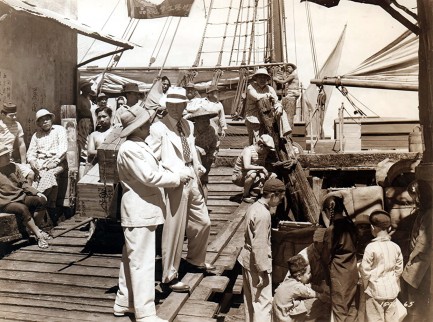  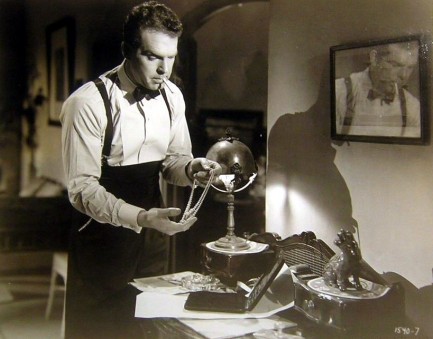 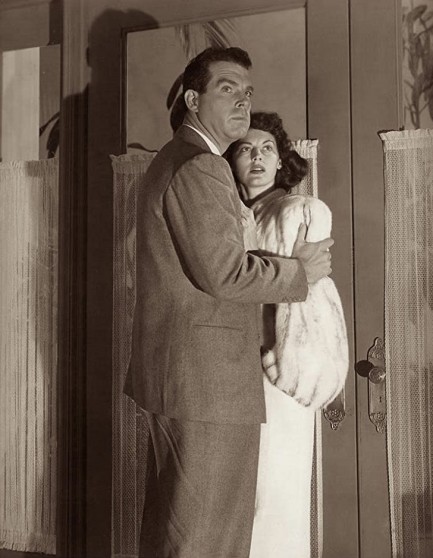 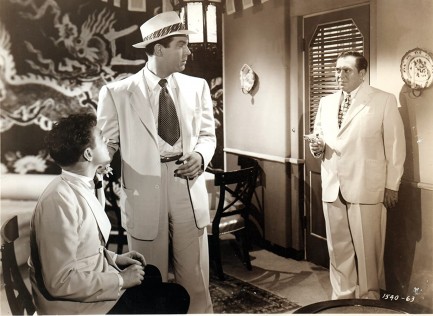 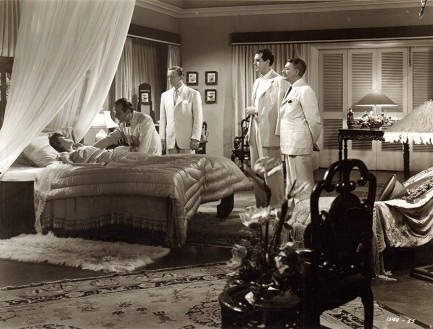 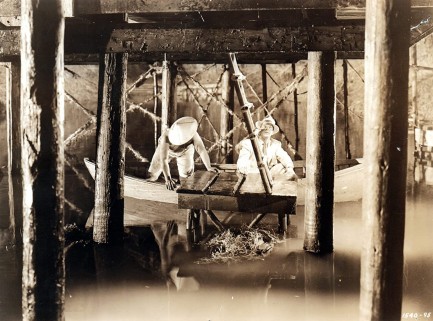 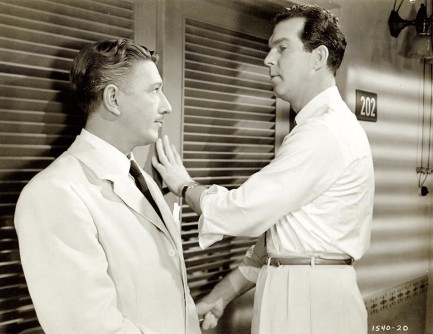 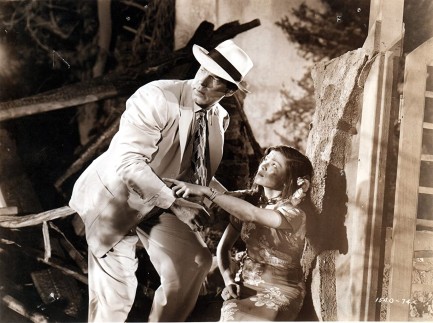 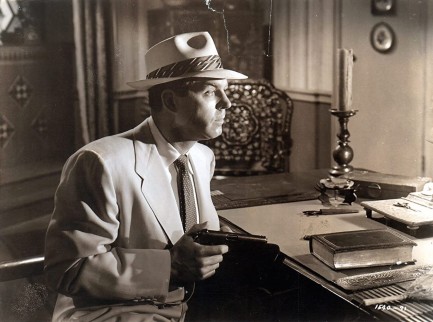 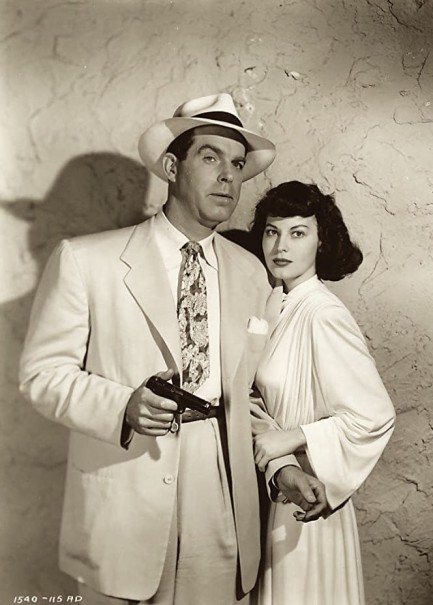
 Spanish art for Casa número 322 may have traveled far from home. 
We already showed you a beautiful yellow French promo poster for 1954's Pushover, starring Fred MacMurray and Kim Novak. Above is a cool blue Spanish language promo. This piece is signed MCP, which is the imprimatur used by the Spanish artists Ramon Marti, Josep Clave, and Hernan Pico. So is this a Spanish poster? Well, most online sites say so. But the distributor for Mexico is listed as Columbia Films S.A., and you can see that graphic right on top of the poster. The S.A., by the way, stands for “sociedad anónima,” and is a corporate designation, kind of like Inc., or LLC. The movie's distribution company for Spain is on record as plain old Columbia Films, with no S.A., so we think this poster was used in Mexico, where the movie played as La casa número 322, “house number 322.” There's no exact Mexican release date known for it, but late 1955 is a safe bet. All that said, there's no way we can claim to be correct with 100% surety that this is a Mexican poster. We're extrapolating.
Columbia had distribution branches in various Latin American countries. Its Mexican hub was the most important because Mexico had the most developed Spanish film market in the world. Yes, more than Spain, which was still recovering from civil war. Though dubbed or subtitled versions of foreign movies were routinely shown in Mexico, locally produced flicks were about 20% more popular at the box office on average, according to a 1947 report circulated by the U.S. Consulate in Monterrey. In fact, Mexican films were the most popular in all Latin America, particularly Cuba. Even in Mexico City, where U.S. and European films were more popular than anywhere else in the country, Mexican films took up more than 40% of exhibition time—again as reported by the U.S. Consulate. Why was the consulate studying this? Just wait.
The Mexican movie market isn't as competitive today. The decline was due to three main factors: political pressure that forced Mexico to submit to so-called free trade in mass media, suspicious difficulties obtaining raw film stock from the U.S. for movie productions, and, of course, dirty business tactics by Stateside studios. So that's where the consulate came in—gathering intelligence for both the U.S. government and U.S. business interests. Armed with alarming data about local preferences for local product, U.S. studios forced Mexican exhibitors into “block booking” agreements, which meant that if cinemas wanted to exhibit the best Hollywood films they were also contractually obligated to take on the worst. This was repeated all over Latin America, and those bad films, which were more numerous than the good ones, ate up exhibition hours and kept Mexican films off screens. Pushover, at least, was one of Hollywood's better films.
 Mortal man finds himself at the whims of a goddess in 1954's Pushover. 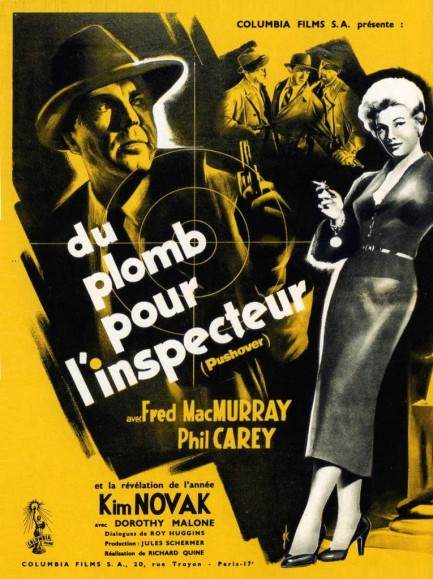
We love this bold yellow poster for Du plomb pour l'inspecteur, which was originally made in the U.S. and known as Pushover. Most important item to note here is that this is Kim Novak's first credited role, when she was aged twenty-one and looked freshly delivered to Earth on a sunbeam. Fred MacMurray plays a cop assigned to get close to her in order to snare her gangster boyfriend. MacMurray is only mortal, unlike Novak, so he immediately falls in love with her and begins seeing her outside his official duties. Not long after that he's plotting to steal her man's cache of $210,000 in bank loot. That would be about two million dollars in today's money, which is no insignificant amount. Any man would compromise his principles for that, but he'd do so even more readily for a chance to nuzzle Novak. There are a lot of old movies out there that hinge on lust as a motivating factor, but in this one it really makes sense. Performance-wise Novak can't act well yet, but like MacMurray, you'll overlook her flaws. After opening in the U.S. in 1954 Pushover premiered in France today in 1955. 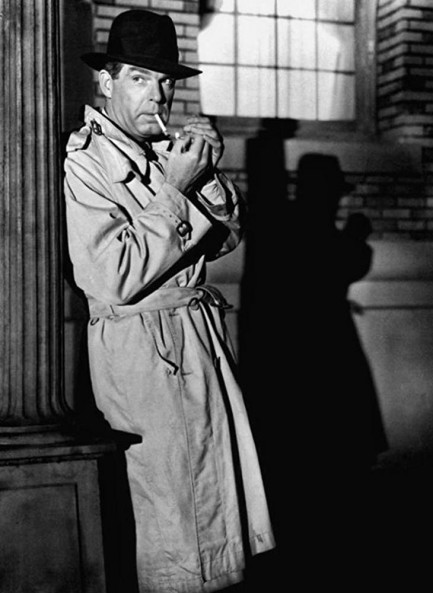 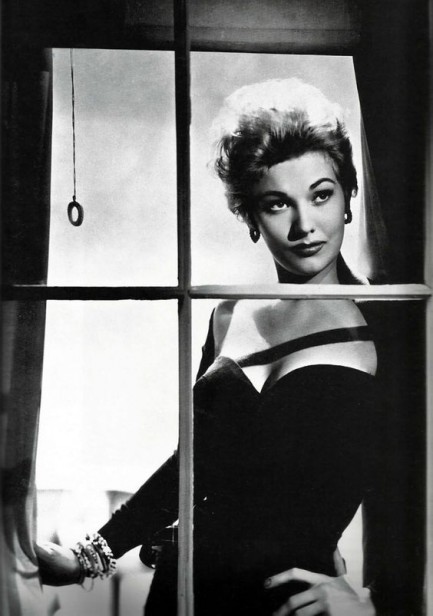 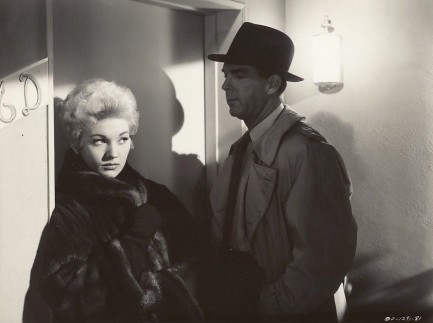 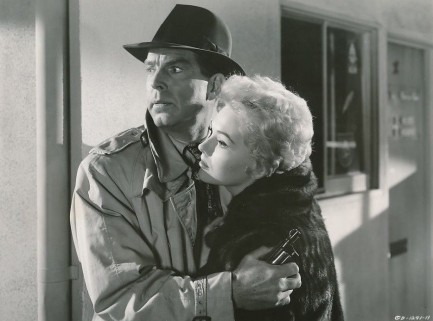 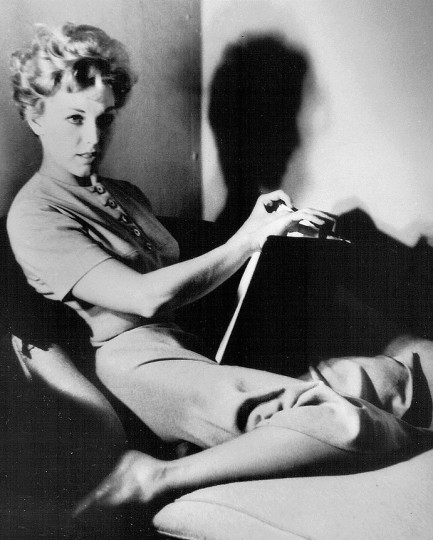
 Don't look at me you fool! Look at the menstrual cups! 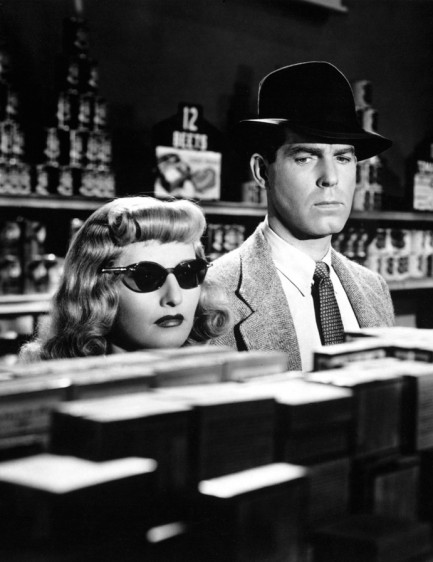
Above is a production still from the classic film noir Double Indemnity showing stars Barbara Stanwyck and Fred MacMurray trying to look like two random grocery shoppers who don't know each other. They're failing big time. But it's not because of the sunglasses and hat. It's because they're both in the feminine hygiene aisle. Well, not really. In the movie we never see what aisle they're in, but our interpretation could explain MacMurray's utterly baffled expression. Double Indemnity premiered today in 1944. And for you history buffs, menstrual cups premiered in stores in the 1930s.

|
 |

The headlines that mattered yesteryear.
2003—Hope Dies
Film legend Bob Hope dies of pneumonia two months after celebrating his 100th birthday. 1945—Churchill Given the Sack
In spite of admiring Winston Churchill as a great wartime leader, Britons elect
Clement Attlee the nation's new prime minister in a sweeping victory for the Labour Party over the Conservatives. 1952—Evita Peron Dies
Eva Duarte de Peron, aka Evita, wife of the president of the Argentine Republic, dies from cancer at age 33. Evita had brought the working classes into a position of political power never witnessed before, but was hated by the nation's powerful military class. She is lain to rest in Milan, Italy in a secret grave under a nun's name, but is eventually returned to Argentina for reburial beside her husband in 1974. 1943—Mussolini Calls It Quits
Italian dictator Benito Mussolini steps down as head of the armed forces and the government. It soon becomes clear that Il Duce did not relinquish power voluntarily, but was forced to resign after former Fascist colleagues turned against him. He is later installed by Germany as leader of the Italian Social Republic in the north of the country, but is killed by partisans in 1945.
|

|
|

It's easy. We have an uploader that makes it a snap. Use it to submit your art, text, header, and subhead. Your post can be funny, serious, or anything in between, as long as it's vintage pulp. You'll get a byline and experience the fleeting pride of free authorship. We'll edit your post for typos, but the rest is up to you. Click here to give us your best shot.

|
|













































